Below you will find some of the rarest mental disorders on record. Their symptoms range from distorted views of reality to blindness. With only one third of Americans receiving proper mental health care, mental disorders are frustrating for patients trying to prove the legitimacy of their diseases. Having an extremely rare mental disorder increases that problem further, making it difficult to diagnose and, therefore, treat symptoms. Hopefully more awareness of these disorders will provide some relief to sufferers.
Body Identity Integrity Disorder
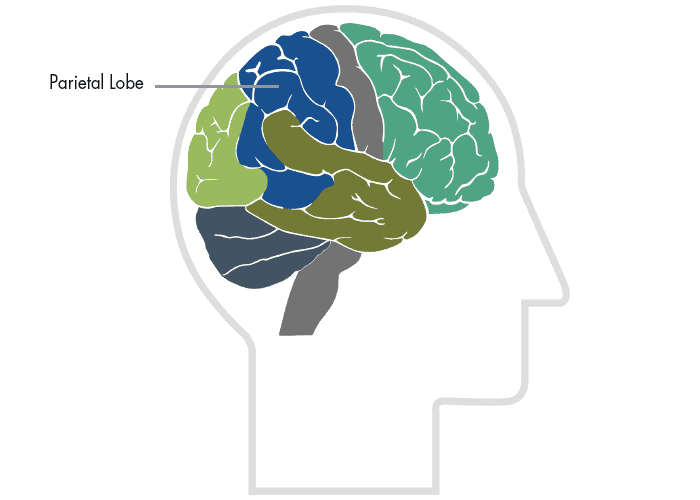
Symptoms: Intense desire for paralysis or amputation of certain limbs
Causes: Congenital damage to the parietal lobe
Number of Cases: Unknown
Body Identity Integrity Disorder (BIID) is a rare, little studied condition in which patients want to become paralyzed or to remove certain limbs because they don’t view them as a legitimate part of their bodies. Since BIID is taboo, few patients have come forward and many medical professionals have failed to recognize it as a legitimate disease. In the past, scientists posited that BIID was the result of a sexual fetish or psychosis, but modern research suggests that it is an identity disorder. The cause is most likely congenital damage to the parietal lobe, which is responsible for sensation, perception and integrating sensory input.
Kluver-Bucy Syndrome
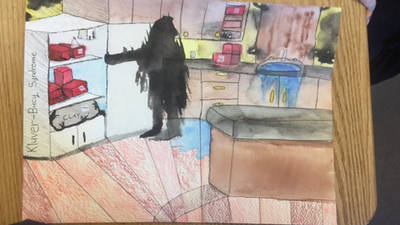
Symptoms: Several, including inappropriate sexual behaviors, memory loss and the urge to put various objects in one’s mouth
Causes: Brain damage
Number of Cases: Unknown
Although the exact number of Kluver-Bucy patients is unknown, the syndrome is classified as extremely rare by the National Institute of Health. The syndrome encompasses a number of symptoms, including inappropriate sexual behavior, lack of fear, memory loss, urge to put various objects in one’s mouth, a need to explore everything, visual confusion, and a massive appetite.There is a lengthy list of diseases and disorders that result in Kluver-Bucy symptoms, with the most common being head injury, stroke and herpes simplex encephalitis. There is no cure for Kluver-Bucy, but treatments have been shown to reduce symptoms.
Conversion Disorder
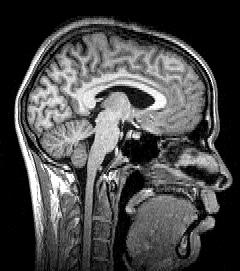
Symptoms: Any number of neurological difficulties
Causes: Severe stress
Number of Cases: 2 to 3 patients per every 100,000 (est. 9,000)
Patients with conversion disorder suffer from neurological symptoms, like blindness or loss of motor control, without any clear physical cause. Most patients experience symptoms following a high stress event.The most common sufferers tend to be those constantly exposed to stressors, such as people with low economic statuses and military officers. While the exact cause is unknown, brain imaging has shown that those with conversion disorder have abnormal blood flow to various areas of their brains. Symptoms often go away on their own, but mental health treatment is available to those with recurrent symptoms.
Jerusalem Syndrome

Symptoms: Anxiety and religious fervor
Causes: Difficulty coping with reality versus fantasy
Number of Cases: About 100 people annually
Jerusalem Syndrome describes an overwhelmed reaction to being in Jerusalem. It probably results from extreme idealization of the place as a holy land meeting the reality that it also doubles as a typical city. The inability to marry these two ideas in the mind and the subsequent disappointment in unfulfilled expectations results in varying levels of psychosis. Symptoms include anxiety, desire to see the city alone, desire to be clean or pure, and a compulsive need to recite religious texts, sing holy songs or deliver sermons. In general, most cases don’t require hospitalization. Number of Cases: About 100 people annually
Alien Hand Syndrome
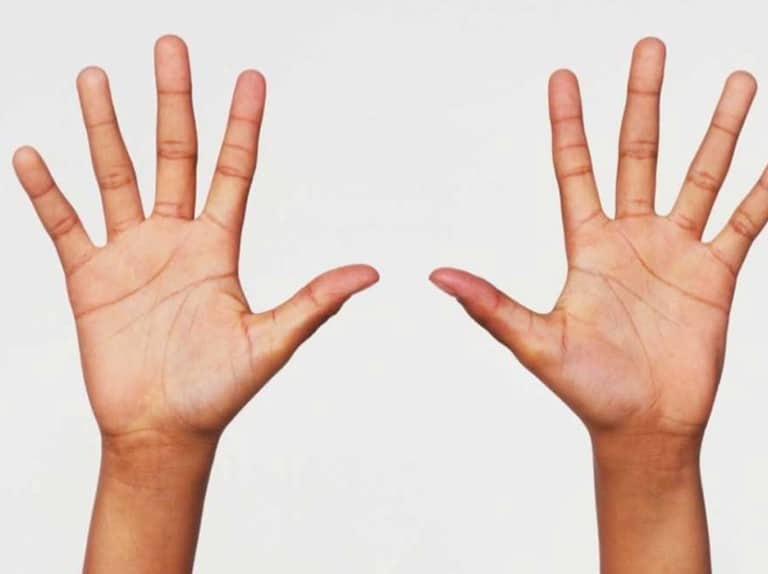
Symptoms: Hand moves autonomously
Causes: Multiple, all related to brain damage
Number of Cases: 150, but most likely higher
Alien Hand Syndrome causes the hand to act as a separate, autonomous entity. The hand has the same strength as before and does not move sporadically, but in a controlled manner. Patients report that it feels as if another person has taken over their hand. It has multiple causes, all related to brain degeneration, including Alzheimers, a damaged corpus callosum, and brain lesions.
Stendhal Syndrome

Symptoms: Dizziness, heart palpitations, exhaustion, disorientation
Causes: The art museums in Florence, Italy
Number of Cases: Unknown, but most likely in the hundreds
Stendhal Syndrome is a rare disorder that causes violent, sometimes life-threatening reactions to works of art and other important landmarks. It is unique to Florence, Italy, a key city to the growth of the Renaissance. The first recorded occurrence of Stendhal Syndrome was in 1817 and the latest in 2018. Symptoms include dizziness, heart palpitations, hallucinations, disorientation and exhaustion. While there are no established causes of Stendhal Syndrome, psychiatrists posit that it relates to the psychological weight of knowing that one stands in a city with an overwhelming history. As far as treatments go, doctors recommend leaving Florence as soon as possible.
Cotard’s Syndrome

Symptoms: Belief that one is dead, nonexistent, or that parts of their body are missing
Causes: Unknown, but probably brain damage or history of mental illness
Number of Cases: 200
Cotard’s syndrome, also known as “Walking Corpse” Syndrome, is diagnosed when a patient believes themselves to be dead or that parts of their body are not actually present. In some extreme cases, they might think nothing is real. Believing that one is dead leads to several health issues. Many Cotard’s patients refuse to eat or care for themselves since dead people don’t require sustenance. They also grow antisocial and sometimes hear voices that tell them they are dead. Cotard’s syndrome usually affects middle aged people with a history of anxiety, schizophrenia, or substance abuse.
Gardner Diamond Syndrome

Symptoms: Spontaneous bruising, swelling, headache, etc
Causes: Extreme stressors and history of mental illness
Number of Cases: 200
While the spontaneous appearance of bruising seems more like a physical than mental disorder, Gardner Diamond Syndrome is potentially a stress reaction. During times of extreme stress, the body releases chemicals that act as blood thinners, which could then cause bruising. Besides painful bruising, patients can suffer from swelling, headache and gastrointestinal issues. Diagnosis and treatment usually involve a psychiatric evaluation in which the medical professional inquires how a patient has reacted to stressful stimuli throughout their life.
Alice in Wonderland Syndrome

Symptoms: Perceiving the world through a distorted lense
Causes: Brain swelling, Migraine, Creutzfeldt-Jakob Syndrome
Number of Cases: 180
Just as Alice felt disoriented after growing and shrinking in Lewis Carroll’s children’s novels, people with this syndrome see the world in a distorted way. Both themselves and the objects around them feel larger or smaller than they actually are. In addition, they perceive distances inaccurately and see straight lines as wavy. In children, Alice in Wonderland Syndrome (AWIS) is usually a result of brain inflammation. In adults, migraines often trigger the syndrome. Through treatment, which can vary depending on the cause, about 50 percent of patients recover. In extreme cases, however, AWIS can indicate Creutzfeldt-Jakob disease, a deadly neurodegenerative disorder.
Mietens-Weber Syndrome
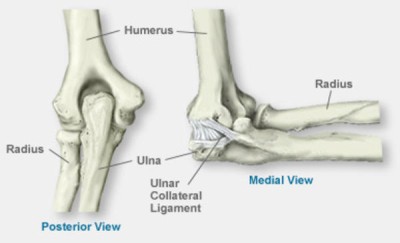
Symptoms: Intellectual disability, small pointed nose, deformed elbows and opacity in the corneas
Causes: Genetics
Number of Cases: 9
Mietens-Weber Syndrome is the rarest mental disorder on this list. It is a genetic disease that results in mild to moderate mental delays as well as dislocated and/or contracted elbows. So far, only nine cases have been reported. The first known cases occurred when four out of six children in a single family were born with these symptoms. Notably, the parents were related, but later cases have occurred in children with nonrelated parents— ruling out incest as a main cause of the disease.
This article originally appeared on Rarest.org.
More from Rarest.org
14 Richest Neighborhoods on Long Island

Long Island, New York, is well known for its wealthy neighborhoods and breathtaking scenery. These districts provide an insight into a world of opulent living with their breathtaking waterfront homes, expansive estates, and an abundance of high-end facilities. Read More
NYC’s Top 10 Most Expensive Steakhouses

In the bustling heart of New York City, where the skyline sparkles with as much ambition as the streets below, a culinary journey awaits for those in pursuit of the finest dining experiences. Among the city’s gastronomic delights, its steakhouses stand as temples of indulgence, offering more than just meals—they promise unforgettable experiences. Read More
The 15 Most Expensive Diamond Colors in the World

Diamonds, the epitome of luxury and desirability, come in a spectrum of colors, each with its own unique allure and price tag. The value of a diamond often hinges on its color, with rarity and demand dictating its worth in the global market. Read More
